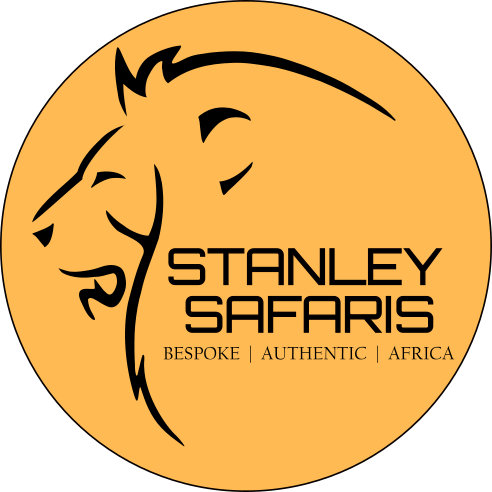Luxury Safaris to Botswana
Botswana is renowned as one of the most incredible luxury wildlife and safari destinations in Africa. Massive private concessions within the Okavango Delta, a pristine wetland paradise, offer guests an exclusive safari experience where they get to enjoy wildlife sightings all to themselves and when combined with the vast open spaces of the Makgadikgadi Pans, offer our guests an incredible luxury safari experience.

BEST OF BOTSWANA SAFARI
11-Nights
Destinations visited:
- Makgadikgadi Pans
- Okavango Delta
- Selinda
- Victoria Falls, Zimbabwe
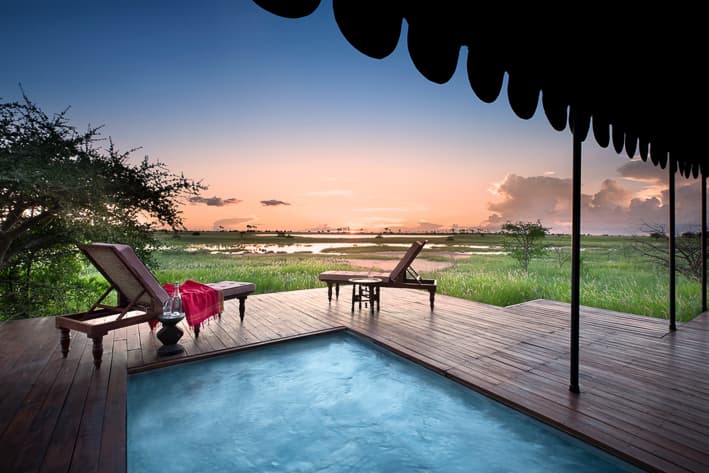
LUXURY BOTSWANA SAFARI
9-Nights
Destinations visited:
- Makgadikgadi Pans
- Okavango Delta
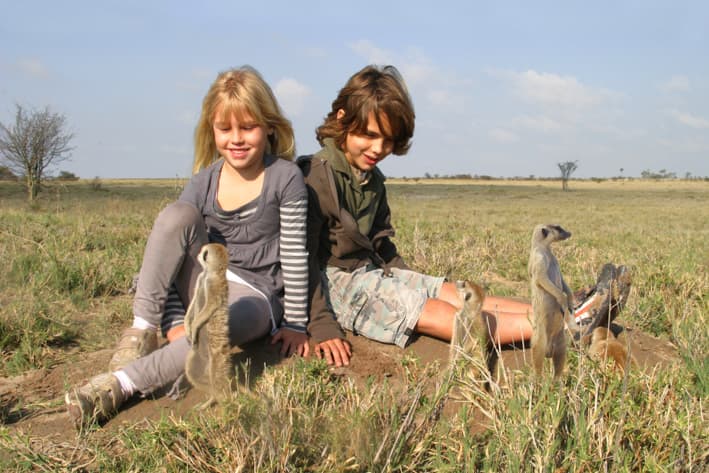
9-Nights
Destinations visited:
- Makgadikgadi Pans
- Okavango Delta
- Victoria Falls, Zimbabwe
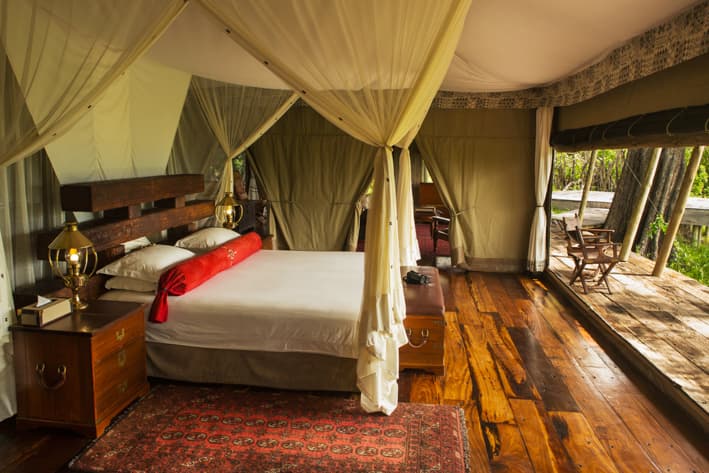
BOTSWANA HONEYMOON SAFARI
11-Nights
Destinations visited:
- Victoria Falls, Zimbabwe
- Selinda, Botswana
- Bazaruto, Mozambique

WALKING SAFARI TO BOTSWANA
9-Nights
Destinations visited:
- Okavango Delta
- Linyanti
- Victoria Falls
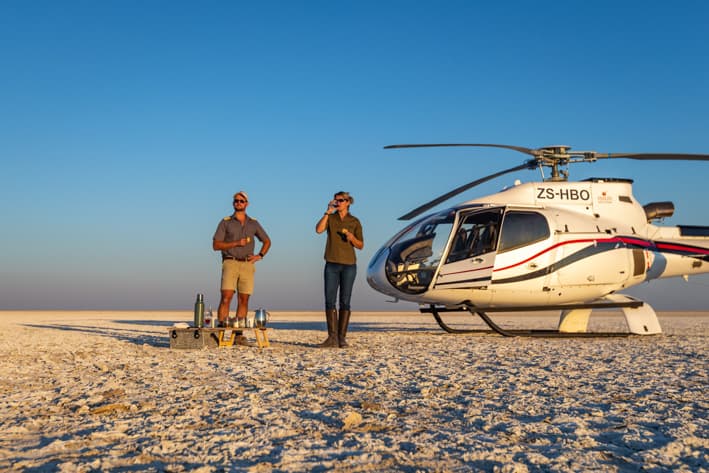
9-Nights
Destinations visited:
- Makgadikgadi Pans
- Okavango Delta
- Selinda
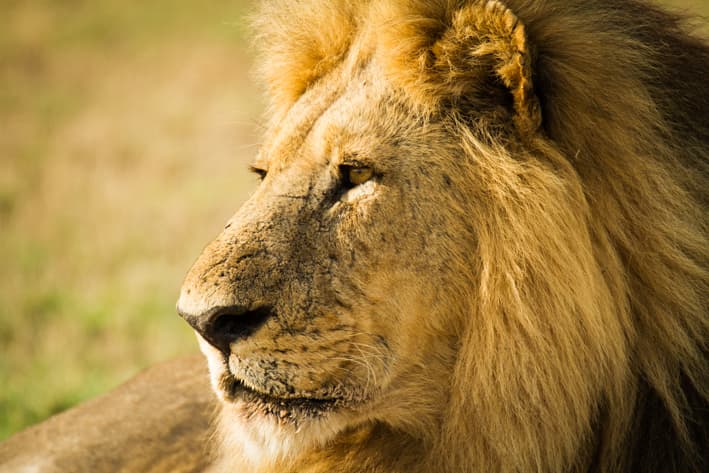
BEST OF SOUTHERN AFRICA SAFARI
10-Nights
Destinations visited:
- Cape Town, South Africa
- Okavango Delta, Botswana
- Victoria Falls, Zimbabwe
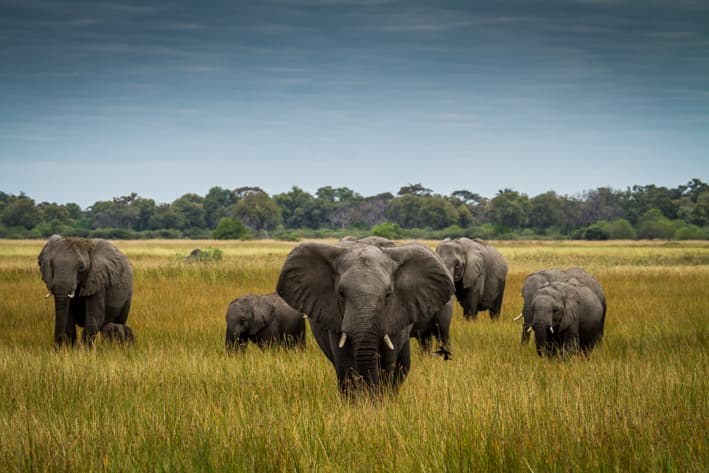
BOTSWANA & ZIMBABWE HIGHLIGHTS
9-Nights
Destinations visited:
- Linyanti, Botswana
- Victoria Falls, Zimbabwe
- Hwange National Park
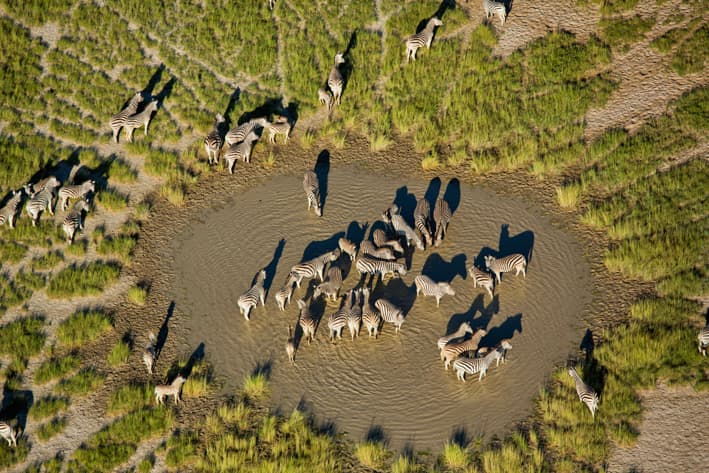
11-Nights
Destinations visited:
- Makgadikgadi Pans
- Okavango Delta
- Victoria Falls, Zambia
- Liuwa Plains, Zambia
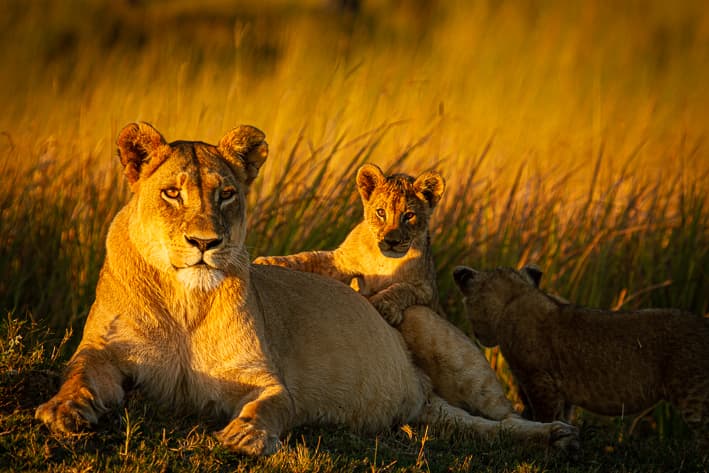
BEST OF AFRICA SAFARI
11-Nights
Destinations visited:
- Masai Mara, Kenya
- Victoria Falls, Zimbabwe
- Okavango Delta, Botswana
- Cape Town, South Africa
